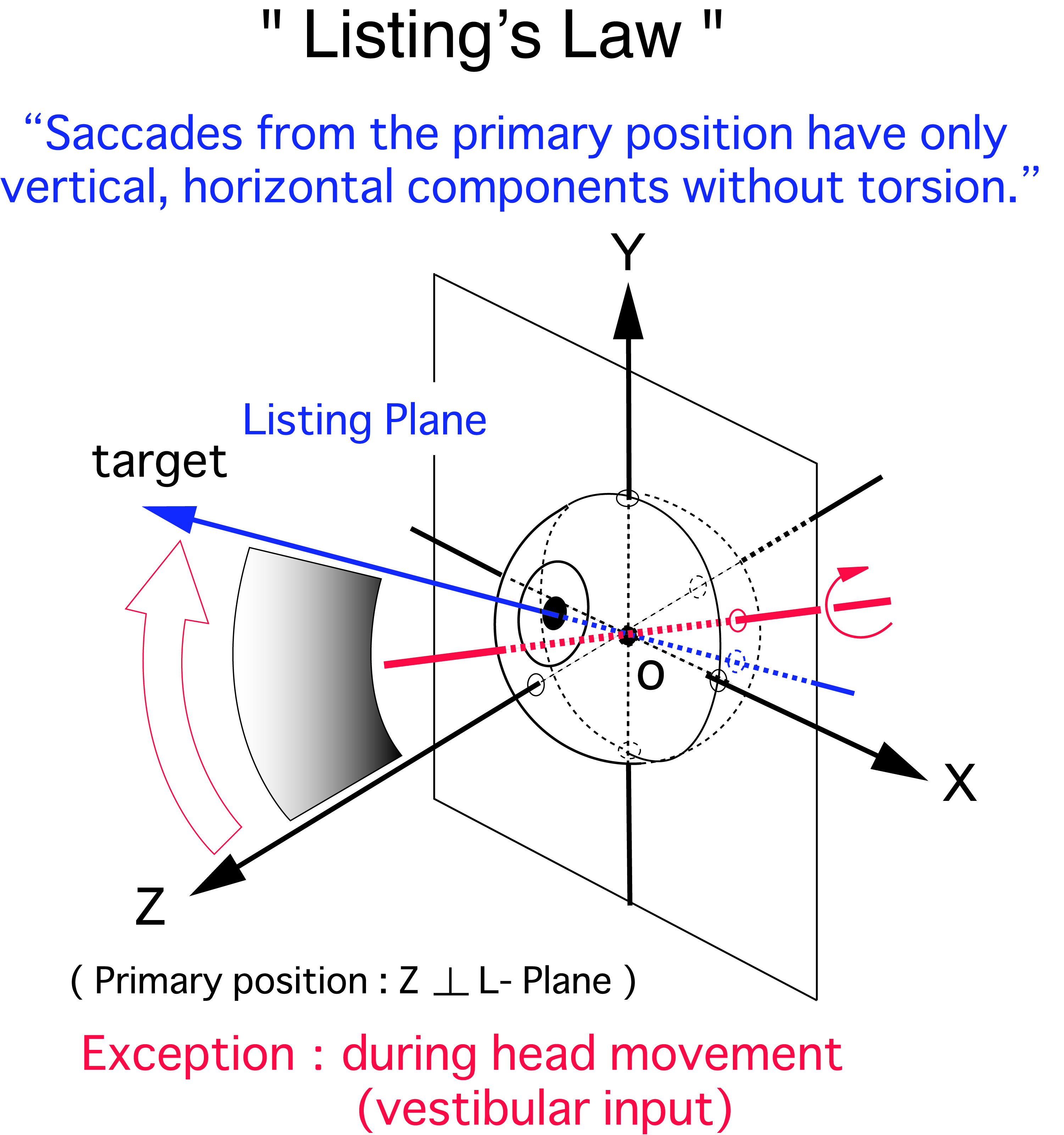Mayu Takahashi (Tokyo Medical and Dental University)

“Pathway-specific destruction of synaptic transmission in the saccadic eye movement system and its resultant functional disorders”
The brain uses various types of eye movement subsystems to receive visual input properly; saccadic eye movement occurs when a stimulating target appears in front of us, smooth pursuit and convergence eye movements occur when looking at a slow moving visual target, and the vestibuloocular reflex (VOR) occurs when looking at a static visual target under head free environment. Eye movements should be three-dimensional (horizontal, vertical and torsional around the visual line), since an eyeball is a rigid body. However, in the saccadic system, eye movements are two-dimensional rather than three-dimensional, although the torsional movements occur in the VOR. This phenomenon (the torsional component does not occur in saccades) is known as Listing’s law, but the neural circuit implementing this law has not been understood for a long time.
In this project, we will analyze the neural pathways from the superior colliculi to ocular motoneurons in the vertical saccade system with electrophysiological methods including intracellular recording in the monkey, and determine the coordinate system that the saccade system uses. Based on the information of such identified neural circuits, we will try to selectively and reversibly block each component of the circuits to find the circuit responsible for implementing Listing law. For this purpose, the double virus vector infection method, in which two different types of virus vectors are injected into monosynaptically connected areas, one for antidromic infection and the other for orthodromic infection, is applied in the trained monkey.
Recent Publications
1. Takahashi M, Sugiuchi Y and Shinoda Y (2014) Convergent synaptic inputs from the caudal fastigial nucleus and the superior colliculus onto pontine and pontomedullary reticular neurons. J. Neurophysiol. 111; 849-867.
2. Takahashi M, Sugiuchi Y and Shinoda Y (2010) Topographic organization of excitatory and inhibitory commissural connections in the superior colliculi and their functional roles in saccade generation. J. Neurophysiol.104; 3146-3167.
3. Takahashi M, Sugiuchi Y and Shinoda Y (2007) Commissural mirror-symmetric excitation and reciprocal inhibition between the two superior colliculi and their roles in vertical and horizontal eye movements. J. Neurophysiol. 98: 2664-2682.
Posted:2016/03/10

